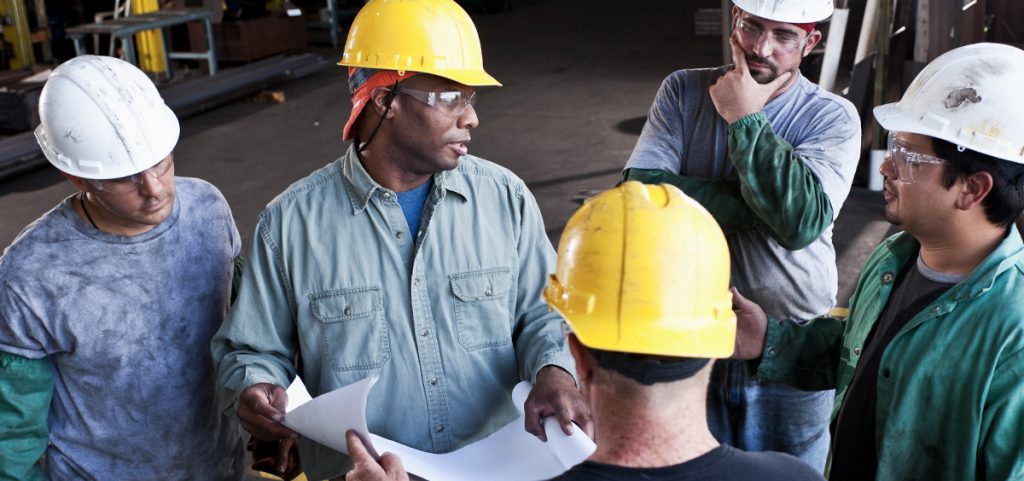
Job Briefing [Q&A]
The purpose of the job brief (also known as the tailboard meeting) is to discuss and explain the safety hazards to everyone on a job site in order to accomplish the job in a safe, efficient manner. The supervisor or employee in charge at a job site will conduct job briefings before the start of each job (unless multiple jobs of similar nature are done in one day).
These job briefings are recommended to be held at the job site so that any physical hazards on-site may be discussed and taken into consideration when setting up the job and performing tasks. A short discussion is satisfactory if the work involved is routine and the employees by virtue of their training and experience can reasonably be expected to recognize and avoid the hazards of the job (such as meter installations). A more detailed discussion shall be conducted if the work is particularly hazardous
The Q&A’s below is a helpful resource when it comes to job briefings and what to expect.

What must be discussed during a job brief?
Job briefings must cover (at the minimum) the following:
- Hazards associated with the job/job tasks
- Work procedures involved
- Any special precautions (such as work with capacitors, current transformers, lighting, etc.)
- Energy source controls (Clearance and Control procedure, personal tagging, lockout/tagout)
- Personal protective equipment
How often must the job briefings take place?
At least one job briefing shall be conducted before the start of the first job of each day or shift. Additional job briefings should be held if:
- There are significant changes.
- The job/task is not repetitive or similar.
- Additional hazards are introduced which may affect the safety of the employees during the course of the work.
- If additional personnel arrive at the job site and will be engaged in the same work project, they must be briefed.
Does an employee have to conduct a job brief if they are working alone?
- Yes – the employer shall ensure that a job briefing is conducted before electrical work is done by all employees on the site. This will be accomplished by the required annual observations by the supervisor (or designee) to the individual worker on their job site or by documentation. For quick and easy documentation eSafeTrak’s eTailboard™ system provides quick and easy documentation without the need to transfer paper.
Can two (or more) separate crews be named on the same job brief form?
- Yes – if the crews are working on the same job at the same site and are dealing with the same hazards, they should be listed on to the same job brief.
When two (or more) crews are working at the same location, but on separate jobs – must they be listed as attending the same job (tailboard) brief? Example: Electricians working on a circuit breaker and a relay crew in another bay checking a relay.
- Maybe – If there are shared hazards, the answer is yes, but if not, each crew should conduct their own job briefing. They must, however, communicate and coordinate with the other crews to find out the scope of the other crews’ work and to inform those other crews of the scope of their own activity. This communication/coordination should be noted in the “comments” section of the job brief (tailboard) form. The crew names, vehicle number, and time of the communication exchange must be recorded. Remember, the activity of other persons working in the same vicinity of your crew can present hazards from their presence or the operations with which they are involved.
The eTailboard™ system by eSafeTrak, inc., provides a means to conduct a comprehensive daily job briefing that is easily filed for indefinite storage by simply hitting “send.”